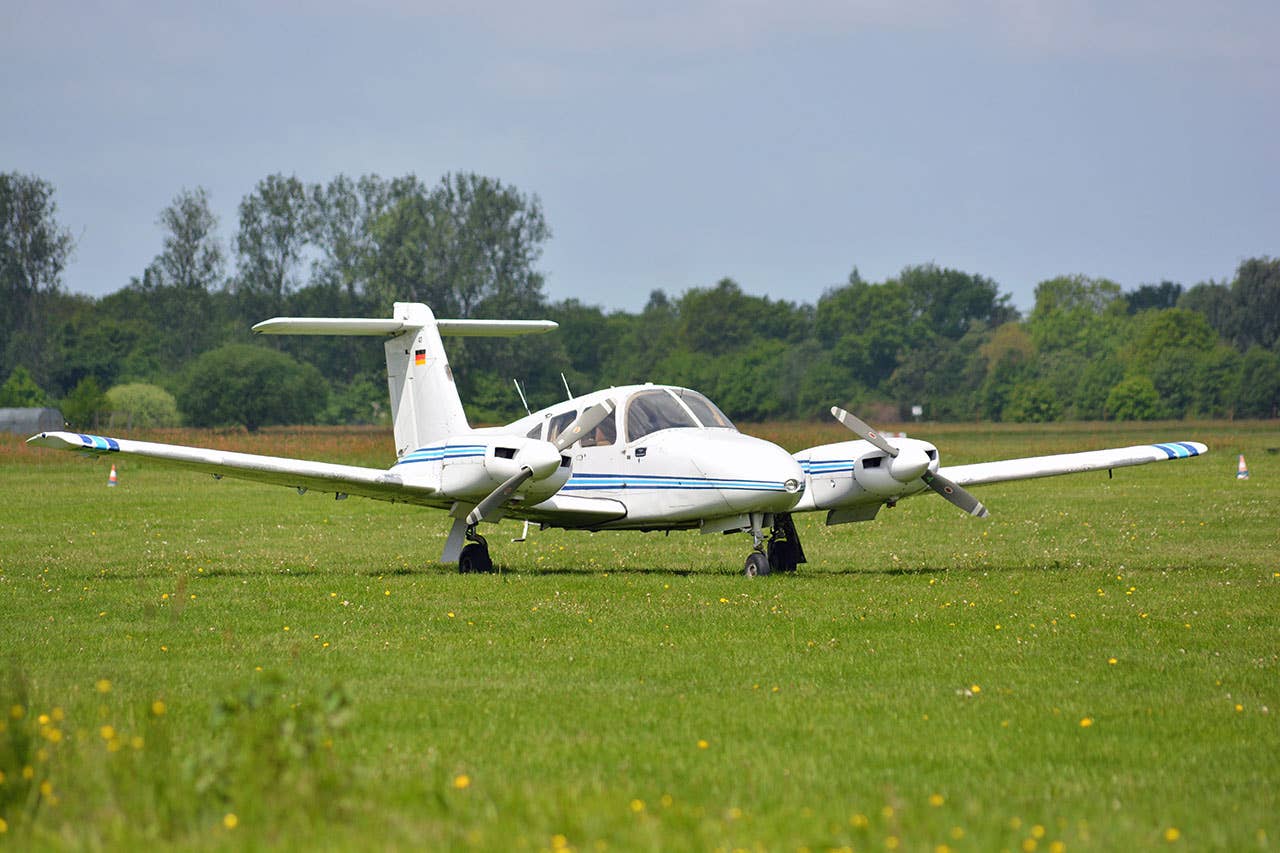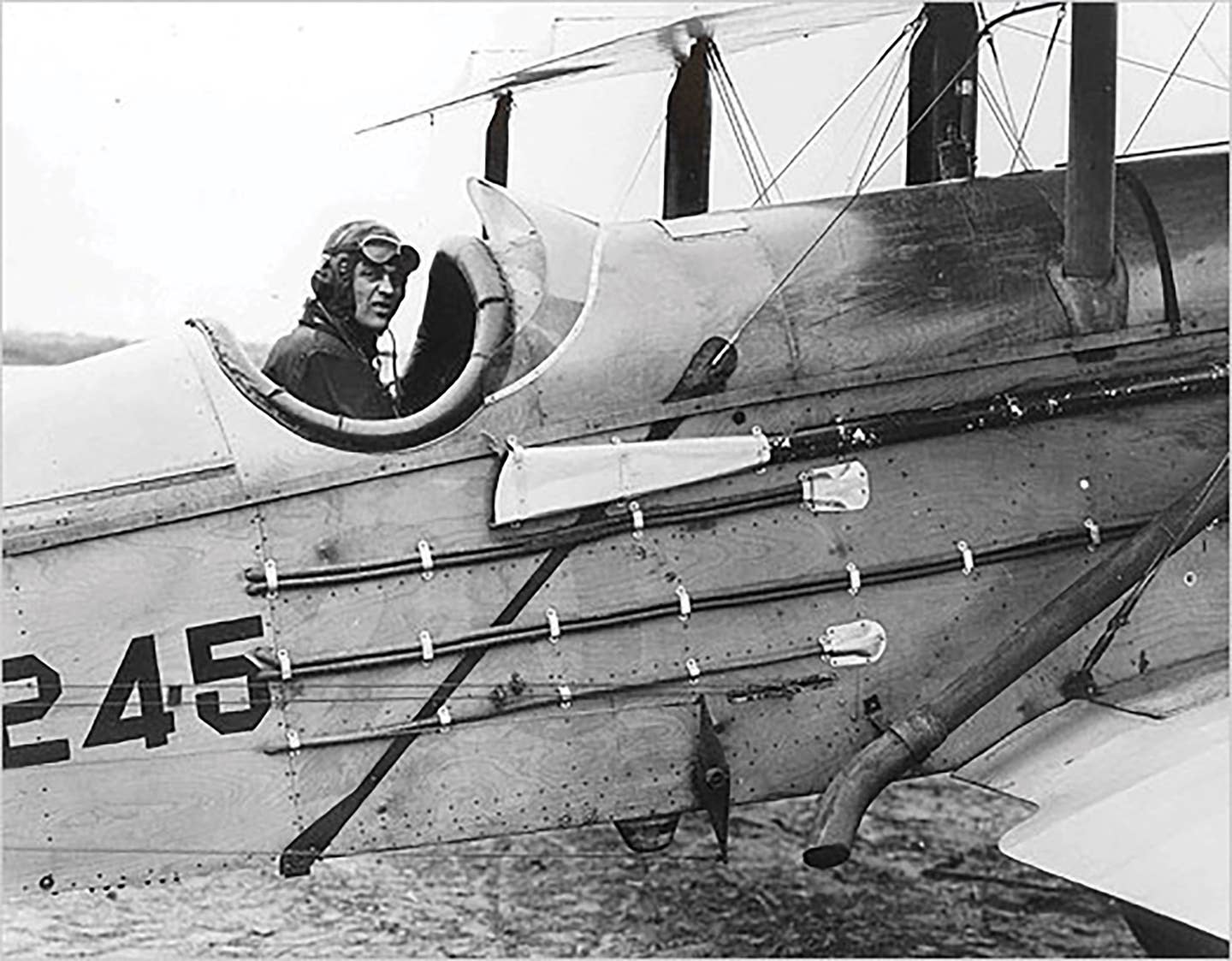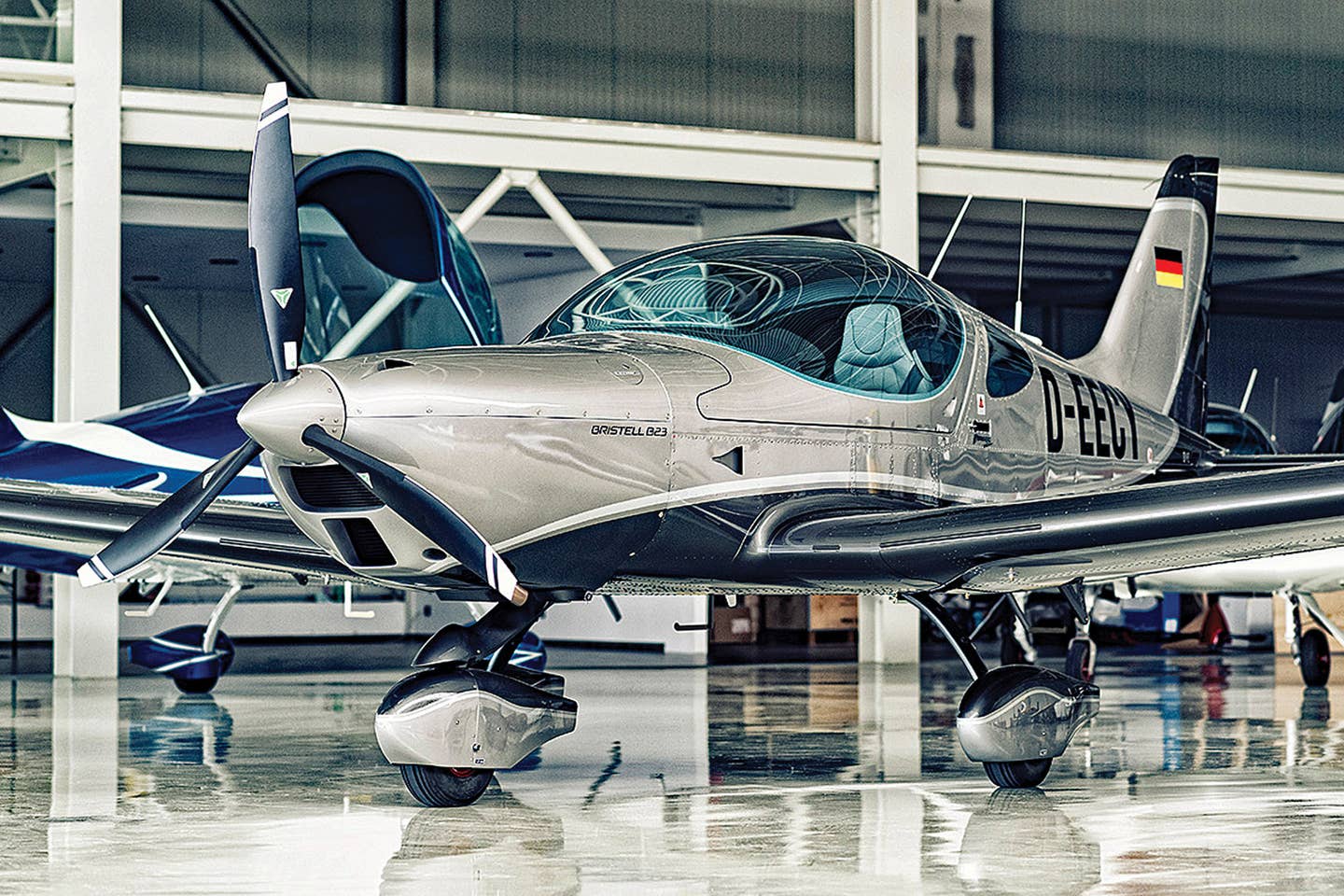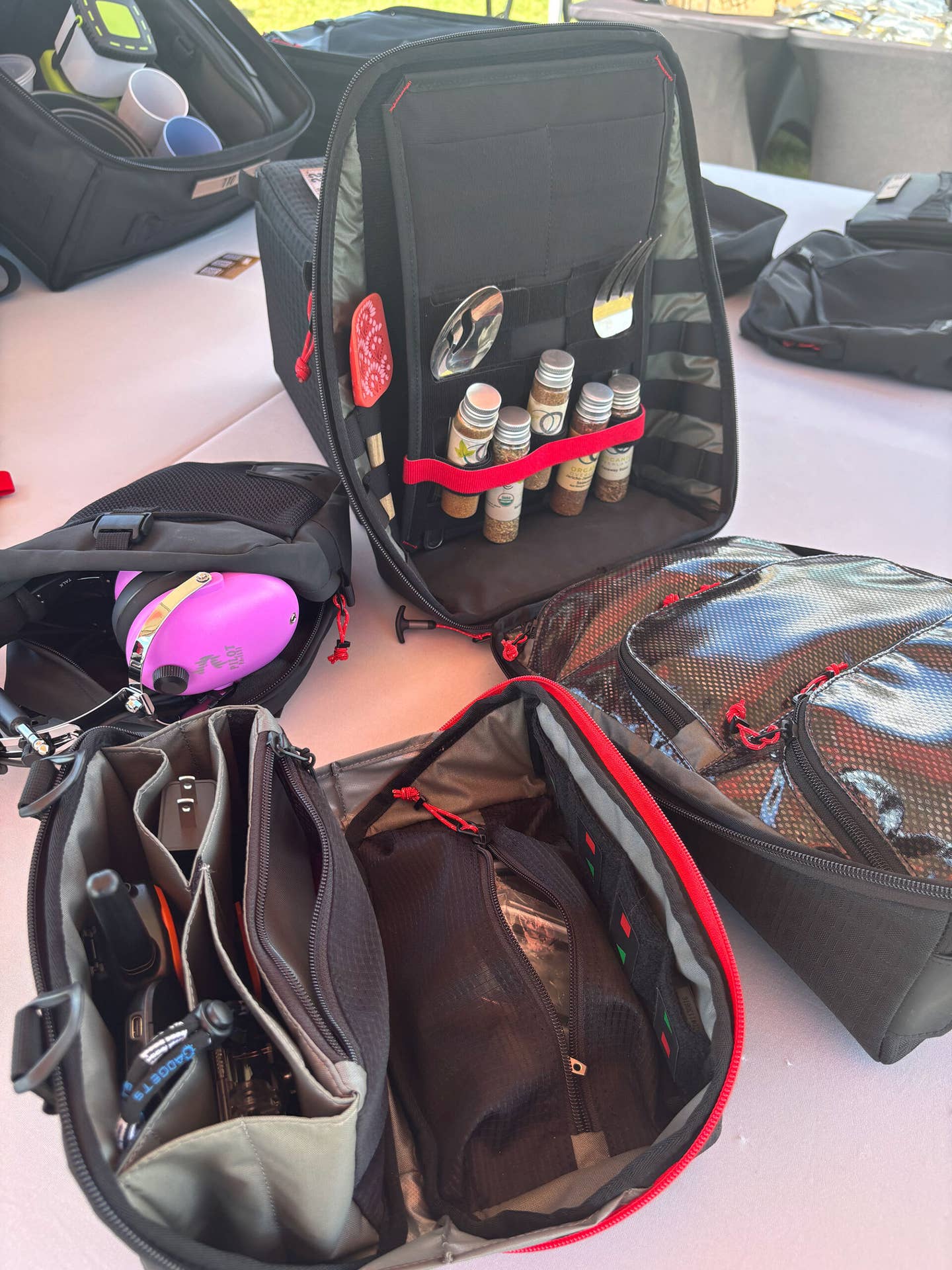Piper‘s Twins
Piper’s twin-engine airplanes ran the gamut from very light to super muscular. In the early 1950s, seeing the sales opportunity in businessman pilots wanting to step up from their Tri-Pacers,…

One of the most popular twin trainers in the world, Piper’s Seminole is an easy-to-fly and cheap-to-operate (at least by twin standards) flight school fixture that tens of thousands of pilots have cut their twin-rating teeth on. Photo by Huhu Uet (CC By 3.0) via Wikimedia Commons
Piper's twin-engine airplanes ran the gamut from very light to super muscular. In the early 1950s, seeing the sales opportunity in businessman pilots wanting to step up from their Tri-Pacers, Piper was inspired by the potential in a little twin design it had picked up from its acquisition of Stinson Aircraft. Reworked with more horsepower, a bigger single tailfin and all-metal construction, the resulting Apache initiated a tradition of bestowing Native American names on Piper's products.
Introduced in 1954, the Piper PA-23's had little four-cylinder 150-hp engines that kept it from directly competing with Cessna's flashy 310, but it could carry five sedately in a roomy cabin. With a 160-hp upgrade in 1958, it was built for eight years. Using the same basic airframe, the follow-on Aztec came out in 1960 with 250-hp six-cylinder engines and a stabilator-type horizontal tail derived from the Comanche high-performance single. With the Aztec B's longer nose in 1962 and the Aztec C's 260-hp fuel-injected engines in 1964, Piper soon had a very capable six-seat light twin, remaining in production until 1981. There was even a half-Aztec economy version with 235-hp carbureted engines, the Apache 235, built from 1962 to 1965.
In 1963, Piper introduced a successor to the Apache, a twin-engine conversion of the Comanche designed by Ed Swearingen. With 160-hp fuel-injected engines, the little Twin Comanche seated four in comfort (six with less comfort, using baggage-compartment seats in the 1966 Twin Comanche B), cruising 20 knots faster than the old Apache with the same horsepower. Like the Apache, the Twin Comanche didn't offer much single-engine performance, but it delivered twin-engine pizzazz on a total fuel burn of 15 gph, with appealing ramp presence.
The PA-30 Twin Comanche was eventually given counter-rotating engines to tame some of the engine-out handling shortcomings encountered when it was pushed into a twin-trainer role, becoming the PA-39 Twin Comanche C/R. The "Twinkie" was never as forgiving as the old "Sweet Potato" Apache, but given due respect, it did a great job.
After a massive hurricane-induced flood ruined Piper's Pennsylvania factory in 1972, the Comanche production line was permanently closed. Fortunately, the Florida-based division of the company had a twin-engine adaptation of the Cherokee Six already in production called the PA-34 Seneca. With 200-hp normally aspirated engines, the Seneca married the PA-32 single's wide-body fuselage with retractable gear sized up from the Arrow. The single-engine retractable PA-32R Lance didn't show up until 1976. By that time, the Seneca's mission had been redefined from a personal twin into a more utilitarian role.
The original Seneca had seven seats, like the Cherokee Six, but it couldn't use them all until the gross weight was raised from 4,000 pounds to 4,200. That increase pretty much wiped out the Seneca's already-anemic single-engine performance, so in 1975, the Seneca II appeared with turbocharged six-cylinder Continentals, limited to 200-hp at sea level but capable of generating 215 hp at 12,000 feet. That restored some engine-out service ceiling, even with another 370 pounds of gross weight.
Problem was, the Seneca II's zero-fuel weight limitation restricted it from hauling full passenger loads. The solution was the 1981 Seneca III's stronger structure; coupled with 220-hp engines, it finally became the Aztec replacement charter operators were looking for.
Meanwhile, because the Seneca had outgrown its original personal twin and multi-engine trainer mission, Piper got creative, and in 1979, it came up with the PA-44 Seminole, a twin-engine variant of the Arrow light retractable single. A simpler four-seater with carbureted 180-hp four-cylinder Lycoming engines, the Seminole has become the near-universal twin trainer and is a comfortable step-up for single-engine PA-28 pilots.
Although its gross weight exceeded the 6,000-pound light-twin criterion, the PA-31 Navajo gave Piper a cabin-class utility twin for business and charter users. First appearing in 1967, the Navajo could seat eight or nine powered by 310-hp turbocharged Lycomings or, in 1968, optional 300-hp normally aspirated engines. Over the years, it was stretched to seat 10, pressurized and upgraded to counter-rotating 325-hp engines and even grew into the turboprop-powered Cheyenne series.
By the early 1980s, the demand for light twin-engine airplanes had dwindled, and the number of models being produced had drifted away; only the Beech Baron 58 and Piper Seneca and Seminole endured into the 21st century. The large number of used legacy twins built in the 1970s provides plenty of choices for those would-be owners who need, or just want, two engines to carry big loads far and fast or are seeking the redundancies offered by that extra motor.

Subscribe to Our Newsletter
Get the latest Plane & Pilot Magazine stories delivered directly to your inbox






